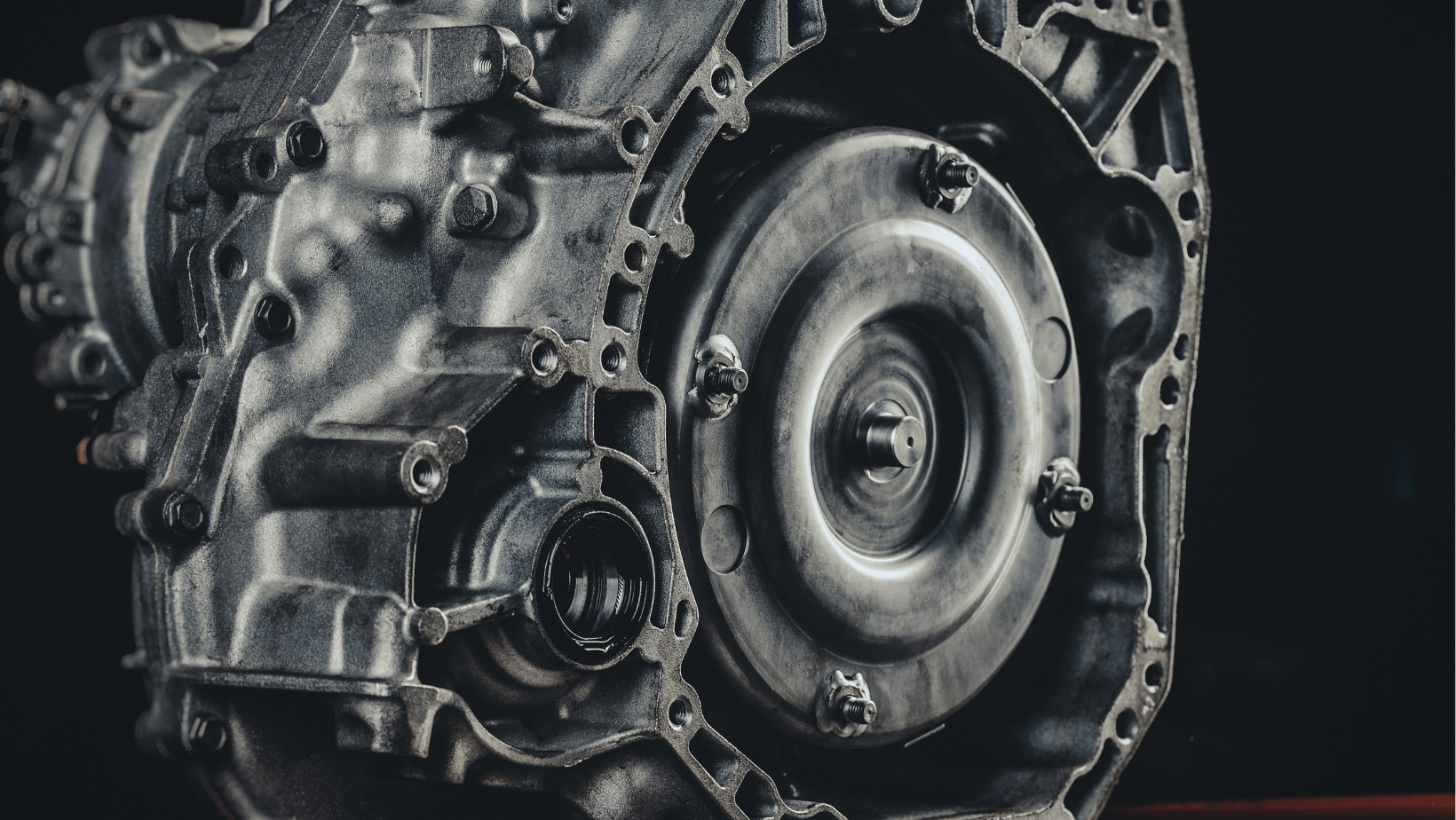Key Takeaways Table
| Takeaway | Description |
|---|---|
| Understanding CVT | Delve into what CVT is and why its maintenance is crucial. |
| Maintenance Tips | Provide actionable maintenance tips for CVT transmission owners. |
| Common CVT Issues | Highlight common issues and how to address them. |
| Professional Insight | Emphasize the importance of professional maintenance and repair. |
CVT Transmission Maintenance: Ensuring the Longevity of Your Ride
Continuously Variable Transmission (CVT) represents a remarkable innovation in automotive engineering, providing smoother acceleration and improved fuel efficiency compared to traditional transmissions. It’s the choice for many modern vehicles, from compact cars to more rugged SUVs. However, like any sophisticated machinery, it requires regular maintenance to perform at its best.

Understanding CVT: A Primer
Before diving into maintenance tips, it’s essential to understand the basics of CVT and its operation. Unlike traditional automatic transmissions, CVTs don’t rely on gears. Instead, they use a belt and pulley system, which provides an infinite range of ratios. This unique mechanism allows for seamless gear “changes” and optimal engine performance.
Maintenance Tips for CVT Transmission
Maintaining your CVT transmission isn’t just about longevity; it’s also about vehicle performance. Here are some tips to keep your CVT in top shape:
- Regularly Check Transmission Fluid:
- Quality: Ensure the fluid is clear, not burnt or murky.
- Level: Maintain the correct fluid level as per the manufacturer’s recommendations.
- Change Intervals: Follow the manufacturer’s guidelines or consult with experts on optimal fluid change intervals.
- Listen for Unusual Noises:
- Whining, clunking, or any other unusual sounds can be early indicators of CVT troubles.
- Pay Attention to Performance:
- Any irregularities in acceleration or response could signal CVT issues.
- Professional Inspections:
- Regular check-ups by a professional can catch issues before they become costly problems. This is where the expertise from Nashville Performance can guide you through common car repairs and maintenance.
Common CVT Transmission Issues and Solutions
Even with diligent maintenance, CVTs can encounter issues such as slipping, overheating, or sensor failures. Having a grasp on gear slipping solutions and sensor repairs can equip you with the knowledge to handle these problems swiftly.
The Role of Professionals in CVT Maintenance
While DIY maintenance can be tempting, professional care is crucial for complex systems like the CVT. Mechanics at Nashville Performance have the tools and expertise to handle everything from simple clutch replacements to more intricate transmission work, ensuring your vehicle gets the care it needs.
To maintain the integrity and performance of your CVT, following these guidelines is key. Remember, regular maintenance not only extends the life of your transmission but also helps in maintaining the overall health of your vehicle. For deeper insights into transmission maintenance, consider exploring the nuances of manual vs automatic repair techniques.
Q AND A about CVT transmission maintenance
| Question | Answer |
|---|---|
| How often should CVT fluid be checked? | It’s recommended to check CVT fluid every 30,000 to 60,000 miles. |
| What are the signs of CVT malfunction? | Common signs include slipping, jerking, or a change in engine noise. |
| Is it expensive to repair a CVT? | Repair costs can be high, but regular maintenance can prevent costly repairs. |
| Can I maintain a CVT transmission myself? | Some maintenance can be done at home, but professional inspections are important. |
| How long does a CVT transmission last? | With proper maintenance, a CVT can last over 100,000 miles. |